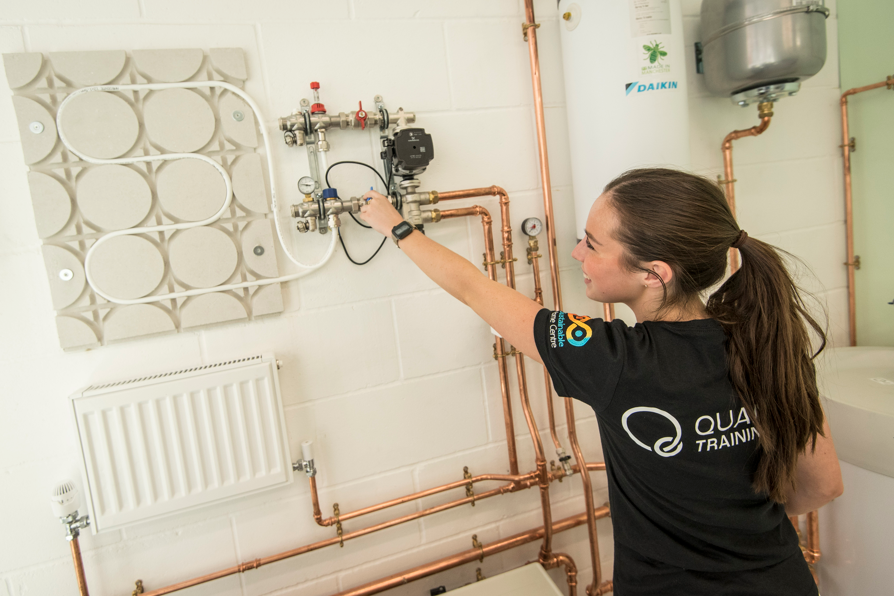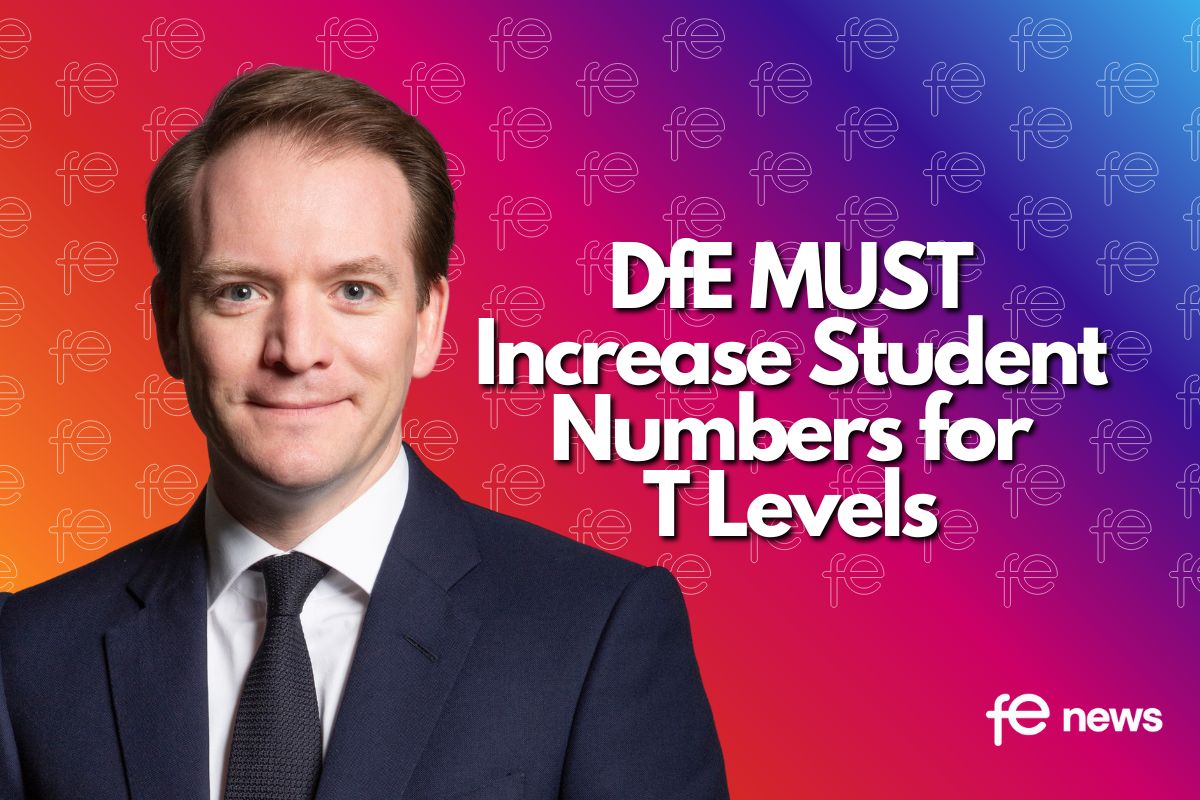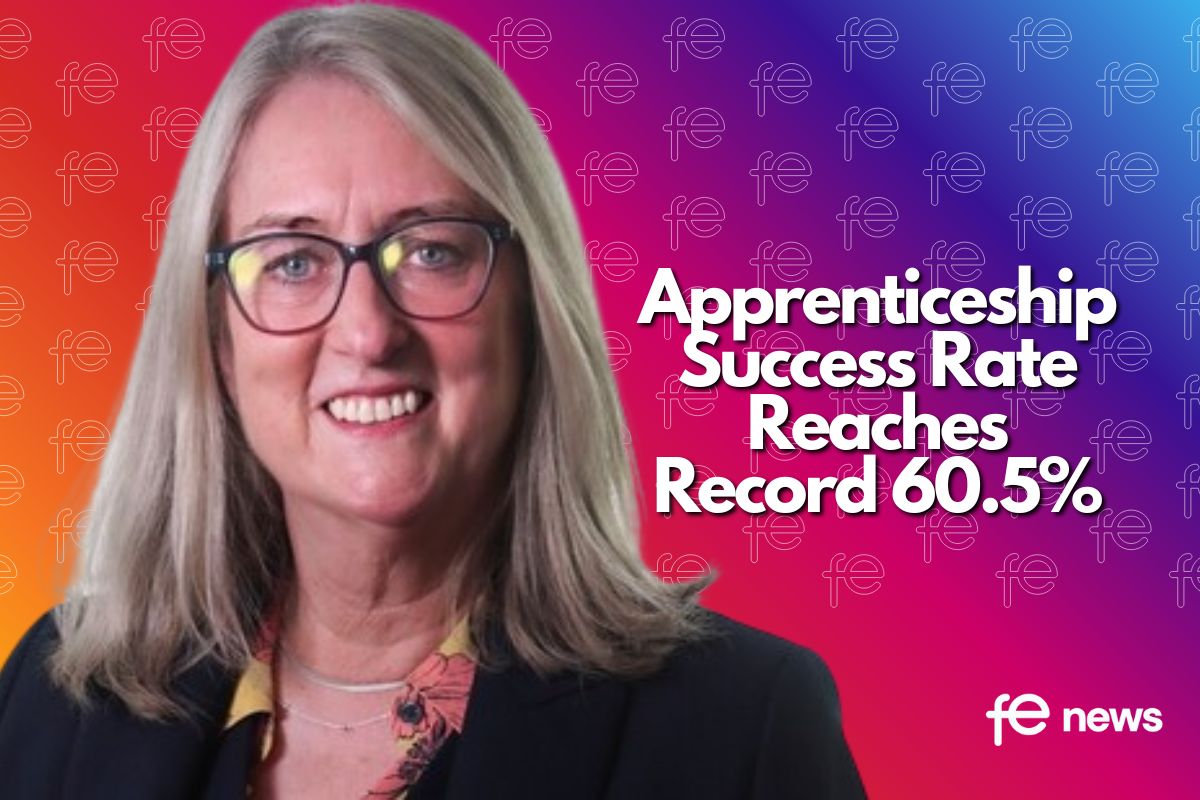The Importance of Hyper-Engaged Data in Higher Educational Marketing

Introduction
Adopting an advanced, hyper-engaged approach will not only enhance and improve your marketing, but it will also strengthen your institution’s position in today’s competitive environment.
Institutions have always faced the dual challenge of attracting new students and forming valuable partnerships with businesses and other educational establishments. To successfully navigate this, hyper-engaged data will significantly help, while forming a pivotal part of any marketing strategy.
Understanding Hyper-Engaged Data
Adam Herbert, CEO of data and marketing company Go Live Data, explains:
Hyper-engaged data refers to the deep insights gathered from various touchpoints created through marketing activity and campaigns, and where prospective students and partner organisations or any other third parties interact with, for the purpose of this article, an institution.
Benefits of Hyper-Engaged Data in Educational Marketing
By leveraging hyper-engaged data, educational institutions can craft personalised marketing messages that resonate with the unique interests and needs, for example, with prospective students. It enables the delivery of relevant content at the right time through the right channels, whether it’s through targeted social media ads, email or tailored website content. Educational establishments can also utilise predictive analytics to forecast trends and behaviours based on data, which will help in identifying potential students who are more likely to enrol.
Forming partnerships with businesses is key to any institution and essential to the development of learning strategies, by working with industry, as companies seek academic institutions to provide a pipeline of well-prepared graduates for them to recruit at some stage.
Collaborative efforts between universities can also be increased, for instance, by showing data on student mobility, program preferences, and academic performance which can help universities create joint programs attracting a broader audience.
Facilitating ongoing and meaningful engagement with prospective students, hyper-engaged data allows for personalised communication and the delivery of relevant content. Through increasing transparency and responsiveness, trust is built with prospective students and their families, who through demonstrating a clear understanding of their needs and providing timely, relevant information, institutions can establish themselves as supportive choices.
Data on alumni success and career trajectories can also be leveraged to attract new students. Highlighting the achievements of graduates, supported by the data, provides tangible evidence about an institution.
Conclusion
Through detailed insights into student and partner behaviours, preferences, and needs, a data-driven approach really empowers institutions to craft personalised, effective marketing strategies and relationships. It strengthens partnerships with businesses and other universities and as institutions continue to adapt to the digital age, hyper-engaged data will remain vital to the success of higher educational marketing, driving recruitment and collaboration way into the future.
By Adam Herbert, CEO and co-founder of Go Live Data











Responses